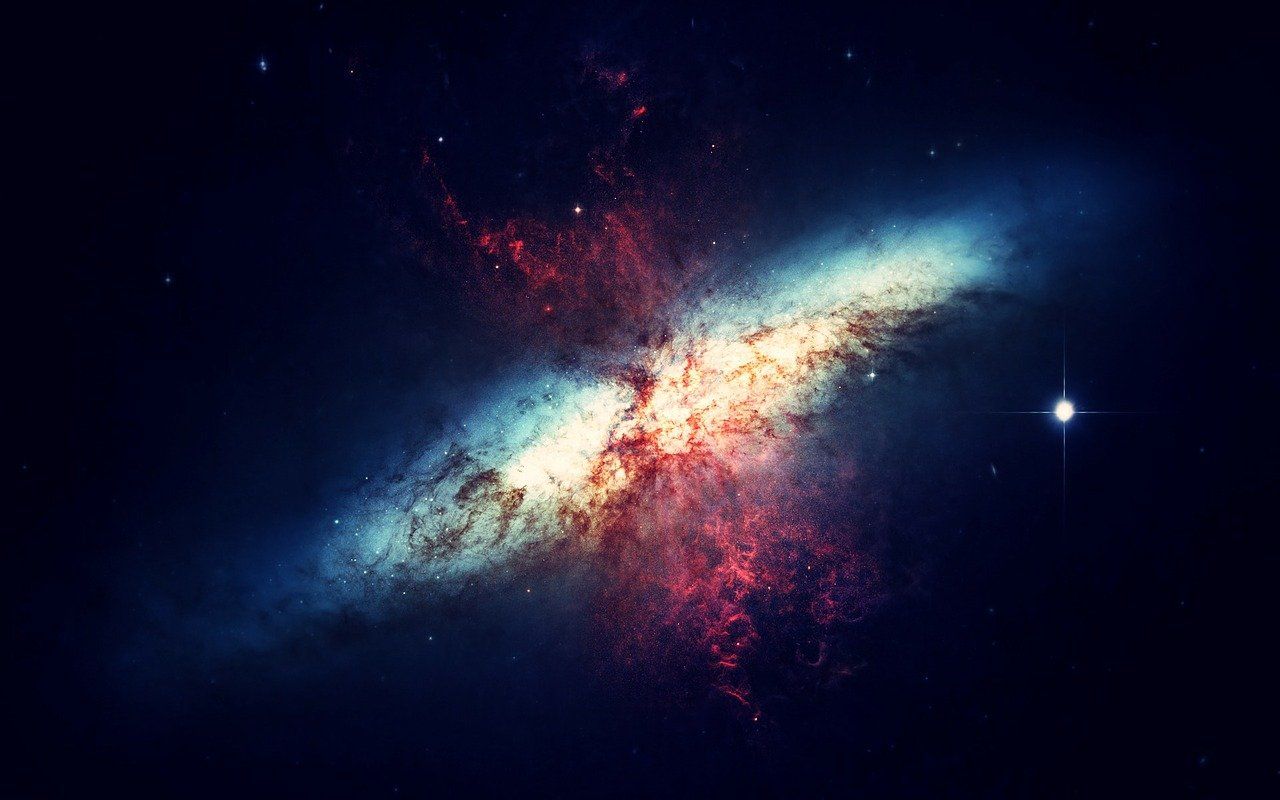While 2021 was a tumultuous year for planet Earth, it was a year that saw humanity make great strides in the final frontier, space. With over one hundred space missions carried out this year, humanity achieved some unprecedented feats. As 2021 draws to a close, here are some of the space missions that scripted history and paved the way for the future of space exploration.
The red planet:
Mars has long captured the human imagination, and in 2021, humanity took a great stride in its quest to one day colonise the red planet. The year saw three nations—the US, China, and the UAE—sending their probes to Mars, with NASA’s Perseverance and China National Space Administration’s (CNSA) Zhurong landing on the surface of the planet in February and May respectively. Along with Perseverance, NASA also sent a small solar-powered robotic helicopter, named Ingenuity, which carried out the first powered aircraft flight on another planet in human history.
Also read | Hubble telescope’s bigger, more powerful successor to soar
A tale of two space stations:
After a decade of being banned from the International Space Station (ISS), China finally launched its own space station, Tiangong (literally meaning ‘Palace in the Sky’), in April 2021. The Tiangong space station is in low Earth orbit, and its core module, Tianhe, has already been launched. The other two modules, Wengtian and Mengtian, are scheduled for launch in 2022.
Meanwhile, history was made onboard the ISS. Beating the US to become the first to shoot a movie in space, Russia sent actress Yulia Peresild and film director Klim Shipenko on a 12-day mission to the ISS in October to shoot scenes for an upcoming film. The film, called The Challenge, tells the story of a female surgeon sent to space to save the life of a cosmonaut, and is set to beat Elon Musk and Tom Cruise’s $200 million film project that was tipped to become the first movie to be shot in space. It is scheduled for release in 2022.
Icarus no more:
Humanity’s efforts to ‘touch’ the sun finally paid off in 2021 as NASA’s Parker Solar Probe became the first in human history to break through the sun’s atmosphere, called the corona, in a flyby. The Parker Solar Probe had been launched in 2018, and after a long and arduous journey, it finally reached the sun and broke through the corona, thereby marking a monumental moment in solar science. The probe is set to carry out more flybys in a similar fashion, and the insights gleaned from its data will help scientists understand the evolution of the sun in particular, and stars in general.
Billionaires in space:
2021 also saw what is perhaps the foundations of future commercial space flight. The year saw British business magnate Richard Branson fly to space on Virgin Galactic’s VSS Unity space plan on July 11, while Amazon founder Jeff Bezos took to space on his company Blue Origin’s New Shepard rocket and spaceflight system on July 20.
While Branson and Bezos reached a height of 86 kilometers and 107 kilometers respectively, Shift4 Payments founder and billionaire Jared Isaacman took to space onboard SpaceX’s Crew Dragon spacecraft and returned to Earth after orbiting the planet at a height of 585 kilometers in September.
With more private space missions scheduled for the near future, foundations are being laid down for future commercial spaceflight. While such missions are currently reserved for the uber-rich, they could pave the way for commercialization of spaceflight and space tourism in the years to come.
Also read | Japanese billionaire returns to Earth after spending 12 days on ISS
Eye in the sky:
NASA’s aging Hubble Space Telescope experienced a number of errors this year, but things are looking up for cosmologists as its successor, the James Webb Space Telescope (JWST), is scheduled for launch on Christmas day, barring any more delays. Owing to its different capabilities, the JWST is not a replacement for Hubble as many mistakenly believe, but will observe the universe in infrared as it orbits the sun at what is known as Lagrange point 2, a gravitationally stable spot roughly 1.5 million kilometers away from the Earth. The JWST is designed to observe the first stars and galaxies that formed in the universe and can “see” objects 10 to 100 times fainter than what Hubble can. Further, the JWST is also capable of “imaging spectroscopy” that can potentially enable scientists to examine the atmospheres of exoplanets for traces of ice, water, and complex organics, something that could revolutionize humanity’s search for extraterrestrial life.







